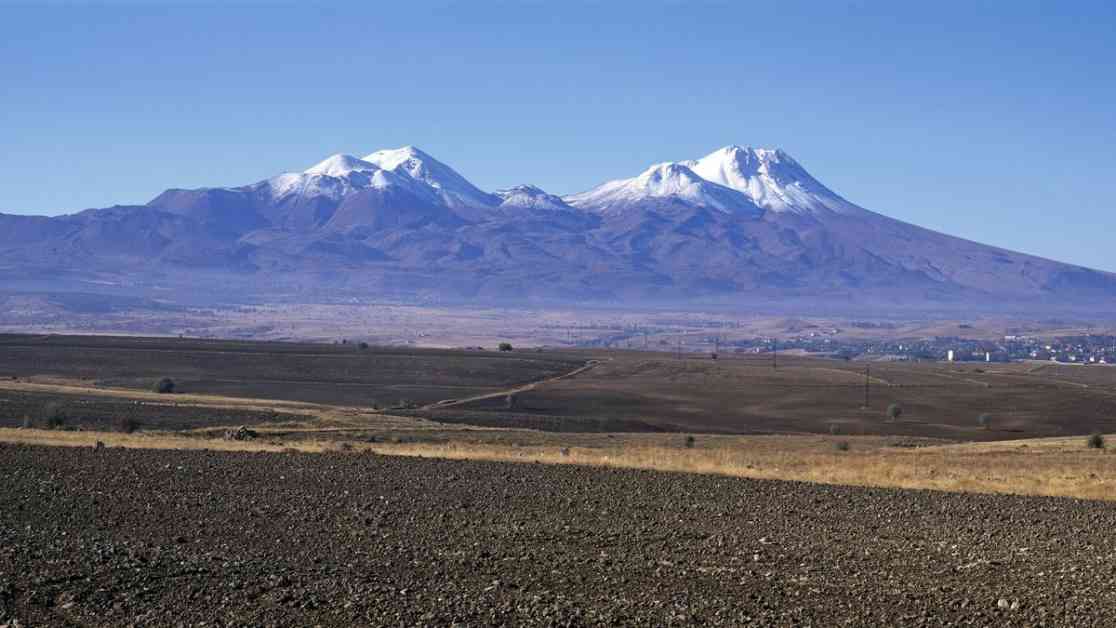Earth’s crust is not as solid and immovable as we might think. In fact, it can actually “drip” into the middle layer beneath growing mountain ranges. This unusual process, known as lithospheric dripping, has been observed in various locations around the world, including under the Andes, in Central Asia, and along the west coast of Canada. Now, researchers have discovered that the Anatolian plateau in Turkey is also experiencing this phenomenon.
The implications of this discovery go beyond Earth’s geology. Understanding how mountains and basins are formed could provide insights into the geological processes of other planets, such as Venus or Mars, where tectonic plates are not present. A. Julia Andersen, a doctoral student in tectonophysics at the University of Toronto and the lead author of the study, explained that while Earth is unique in having tectonic plates, other planets exhibit similar topographical features without this plate movement.
The formation of mountains can exert immense pressure on the lower lithosphere, leading to the creation of new minerals in the high-pressure zones beneath the peaks. Some of these minerals are denser than the mantle below, causing them to sink or “drip” downwards. This process, although still controversial, is believed to be occurring on Earth and may contribute to the formation of mountain ranges.
In the case of the Anatolian plateau in Turkey, researchers noticed anomalies in the seismic waves passing through the region, as well as the presence of the Konya Basin, a large circular depression in the plateau. By conducting a geophysical analysis and a lab experiment, the researchers were able to confirm that lithospheric dripping was indeed taking place beneath the surface, even though there were no visible signs of it on the crust.
The study, published in the journal Nature Communications, sheds light on a previously unknown geological process and could have implications for understanding mountain formation worldwide. Andersen and her team are now planning to investigate lithospheric dripping under the Appalachian Mountains, with the hope of uncovering more insights into this fascinating geological phenomenon.
This research not only deepens our understanding of Earth’s geology but also highlights the importance of physical models in complementing computer simulations. By replicating the conditions of lithospheric dripping in a lab setting, researchers were able to observe details that would have otherwise been missed. This approach could pave the way for further discoveries in the field of geoscience and planetary geology.
Stephanie Pappas, a contributing writer for Live Science, emphasized the significance of this study in unraveling the mysteries of Earth’s crust and its dynamic processes. As we continue to explore the complex interactions between the planet’s layers, new insights and revelations are sure to emerge, reshaping our understanding of the world beneath our feet.










